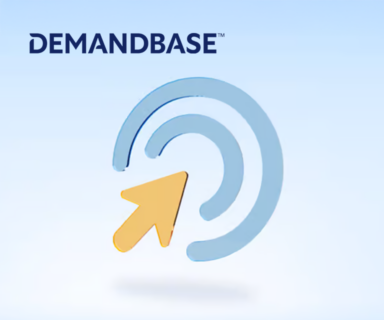2/3s of B2B buyers are more reliant on content to help them make a purchase than they were even just a year ago – just as the availability of content has skyrocketed, so too has that content significantly diversified in format. From white papers & webcasts to demos, blogs, videos and infographics, there are far more presentation formats than there have been historically (upwards of 100+ according to some sources). Within our own content libraries here at TechTarget (which represent over 20,000 independent B2B tech vendor content assets) we’re seeing 43 basic content types represented this year vs. only 17 in 2012.
And while white papers (83%) webinars (78%) and e-books (58%) still rank as the 3 most referenced content formats, B2B buyers see significant value in 9 of the 10 formats presented to them in a study by DemandGen Report.
Why? Because…
- Buyers want different things at different points in their journeys (77% of buyers want different content at each stage of the product research process (@Kapost)
- Marketers are rising to that challenge creating more content (70% have increased production year over year) and are using a significant number of tactics (13 on average according to @CMIContent)
- Buyers can get the information they need in the format they want.
Content Diversity – 7 Tips to Help Marketers Better Plan in Order to Achieve Maximum Results
That puts a stress on marketing organizations to not only increase content production and content diversity, but also figure out what to produce for which parts of the journey. While there’s no silver bullet, there are some rules of thumb we can keep in mind to focus our efforts for maximum results.
- Inform don’t feature – Buyers don’t tolerate the sales pitch anymore – particularly in the first 2/3s of their journey. Focus on helping them 1- understand their problem 2- understand the extent of that problem and 3- understand your approach to solving it. The best kind of content to get the job done: foundational (88%), prescriptive (86%), and conversational(75%) according to @DG_Report. (Tweet this)
- Marry form and function – Since buyers want different content throughout the journey, different formats resonate at different times. Map the content formats you’re selecting to the stage of the journey you’re addressing. For example, blogs and short form videos resonate better earlier on whereas your more “hands on” demos, downloads and how-to PDFs are stronger assets as buyers get more familiar with their problem and solution options. (Tweet this)
- Consider the persona– Different buying team members tend to have different content preferences & watering holes (for you Sirius Decisions prescribers). Be sure to map those out to determine which formats are prioritized by your specific buyers. For example, at TechTarget, we’ve identified that many of our mid-level IT and LOB influencers actually like a bit of a longer form video whereas many of our executive buyers prefer short form videos (interviews and what not) early on in their research. (Tweet this)
- Save commitment for consideration– We all have the 10-20 page paper or 30 minute webinar. And while we know shorter is better, sometimes longer is necessary or already built. Where possible, save the larger/lengthier assets for your mid-funnel efforts, buyers are further along in their journeys aren’t afraid of a commitment. Remember too, these are often your buying team influencers, if you’re leveraging a persona strategy. (Tweet this)
- Make the most of it– If you’re going to put ALL that effort into a heartier piece of content be sure to repurpose it. Transcribe your videos and webcasts, post the PPT slides from your webcasts to Slideshare, get your videos on YouTube and augment your stories with blogs. I’m often asked if buyers will find it redundant to see the same story represented multiple times, however; since format is often personal you’ll actually expand the reach of your message more than you’ll appear redundant. For example, we took one content effort and turned it into 19 pieces of relevant content which over doubled the reach of the message. (Tweet this)
- Put the pieces together– We work hard to get buyers to consume our content, but more often than not, dead end them when they finally get there. Use prominent CTAs throughout a document or within a video/PPT/webinar to enable self-nurturing. Check out how we did it here through the ad unit in the left rail. (Tweet this)
- Millennialize– there’s a new buyer on the block and she’s got very different opinions when it comes to formats. For example, the millennial leans more in the direction of assessments and e-books than their predecessor. Consider generational preferences as you plot your content. (I’ve covered this a bit more extensively here if you’re looking for more on the millennial). (Tweet this)
Remember, it’s not about quantity it’s about quality. Good content gets you much further than lots of mediocre content and good content takes time and effort. Make the most of that effort by following tips like these.
Related Content:
- 105 Types of Content to Fill Up Your Editorial Calendar
- 75 Examples To Spark Your Content Marketing Creativity
- A Guide to Creating Content in the Formats Your Audience Loves
Content Diversity image via Shutterstock




